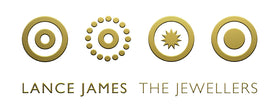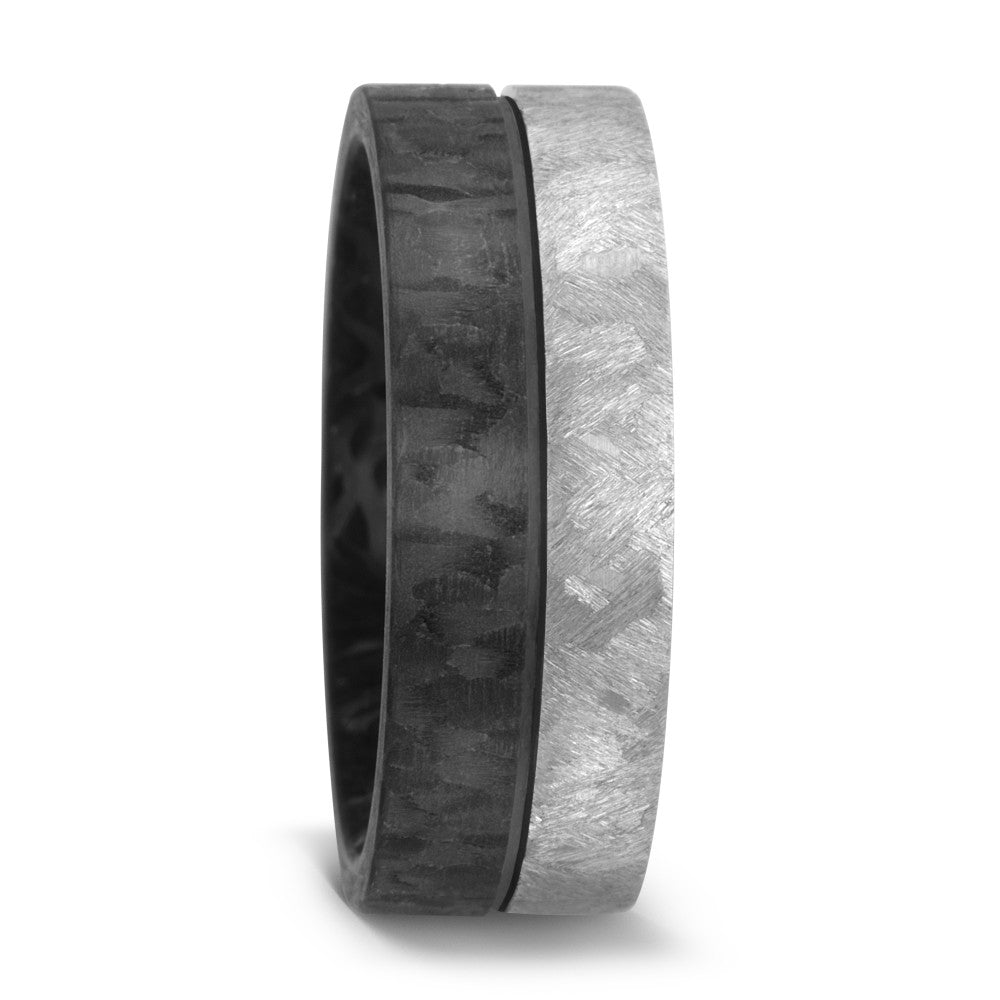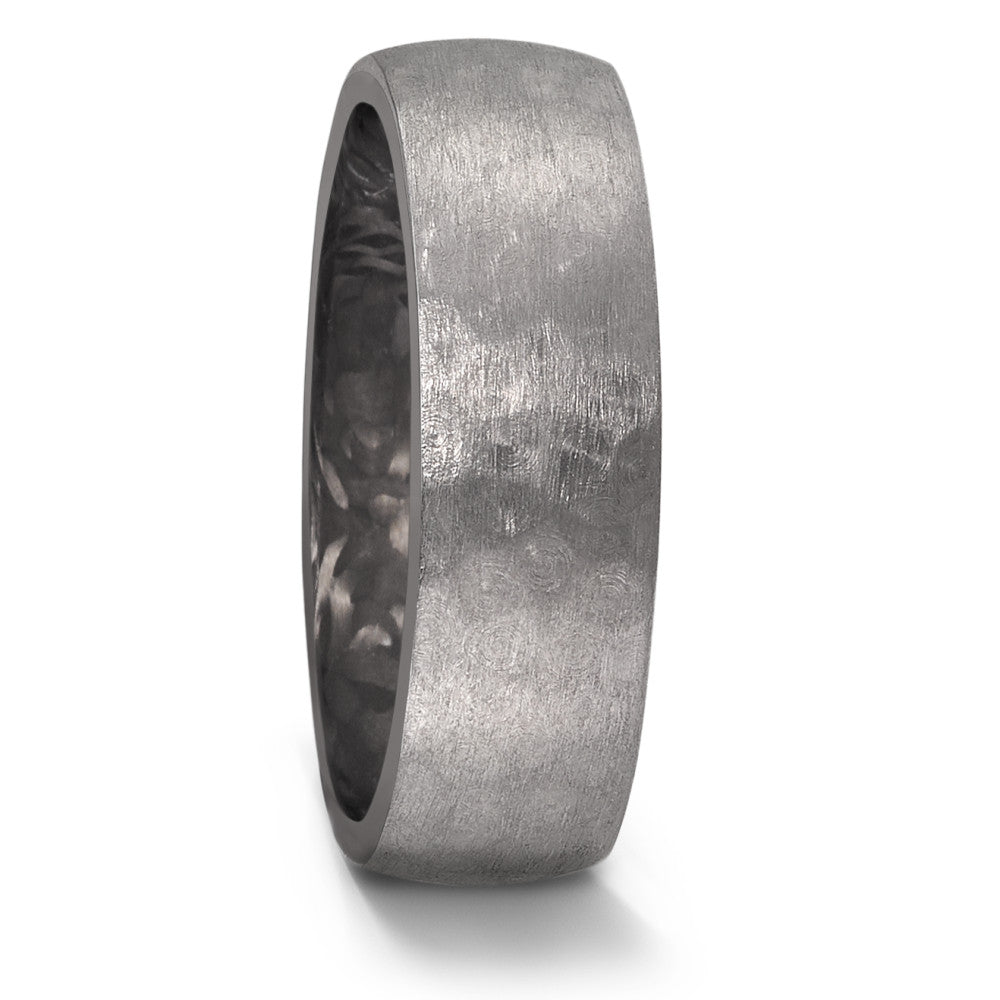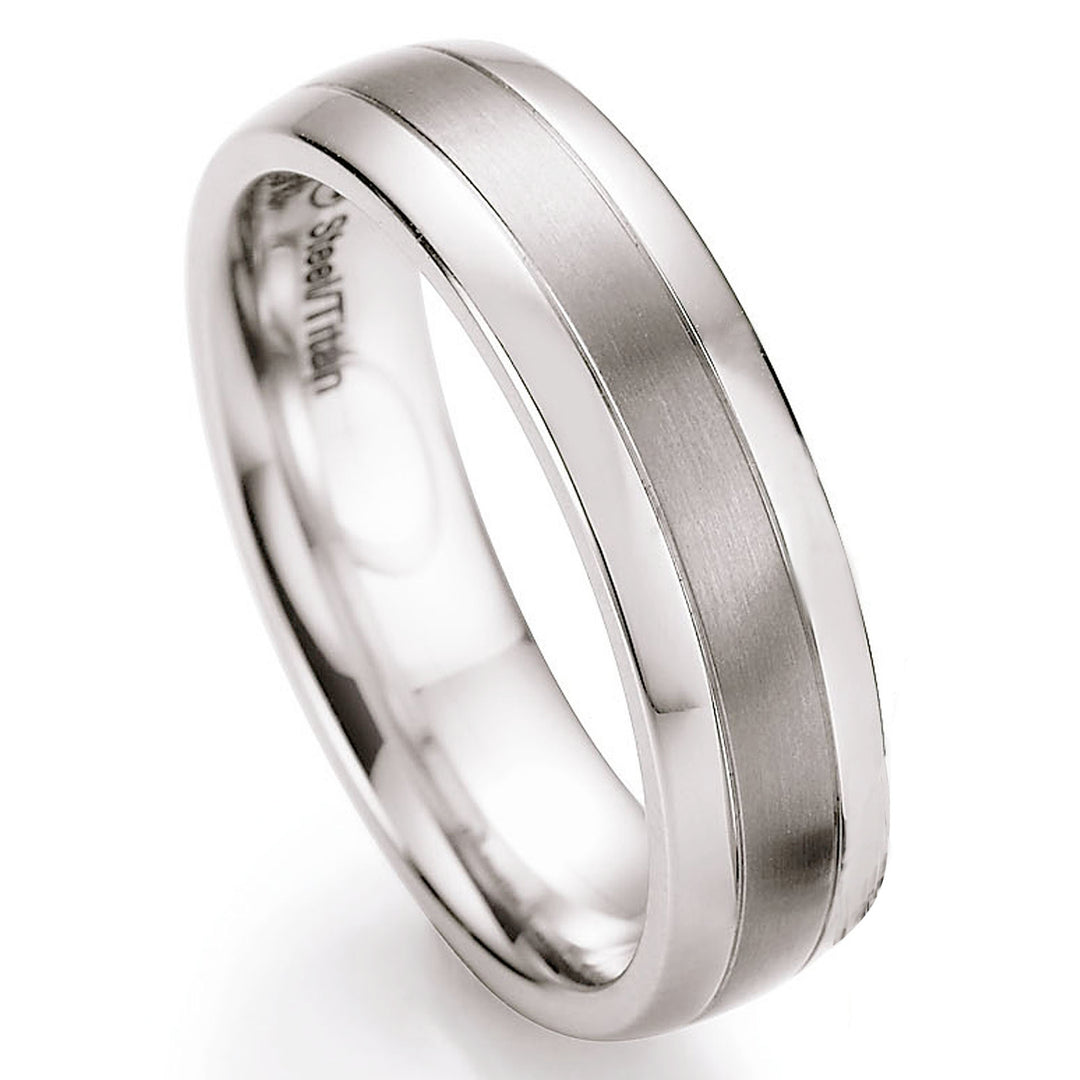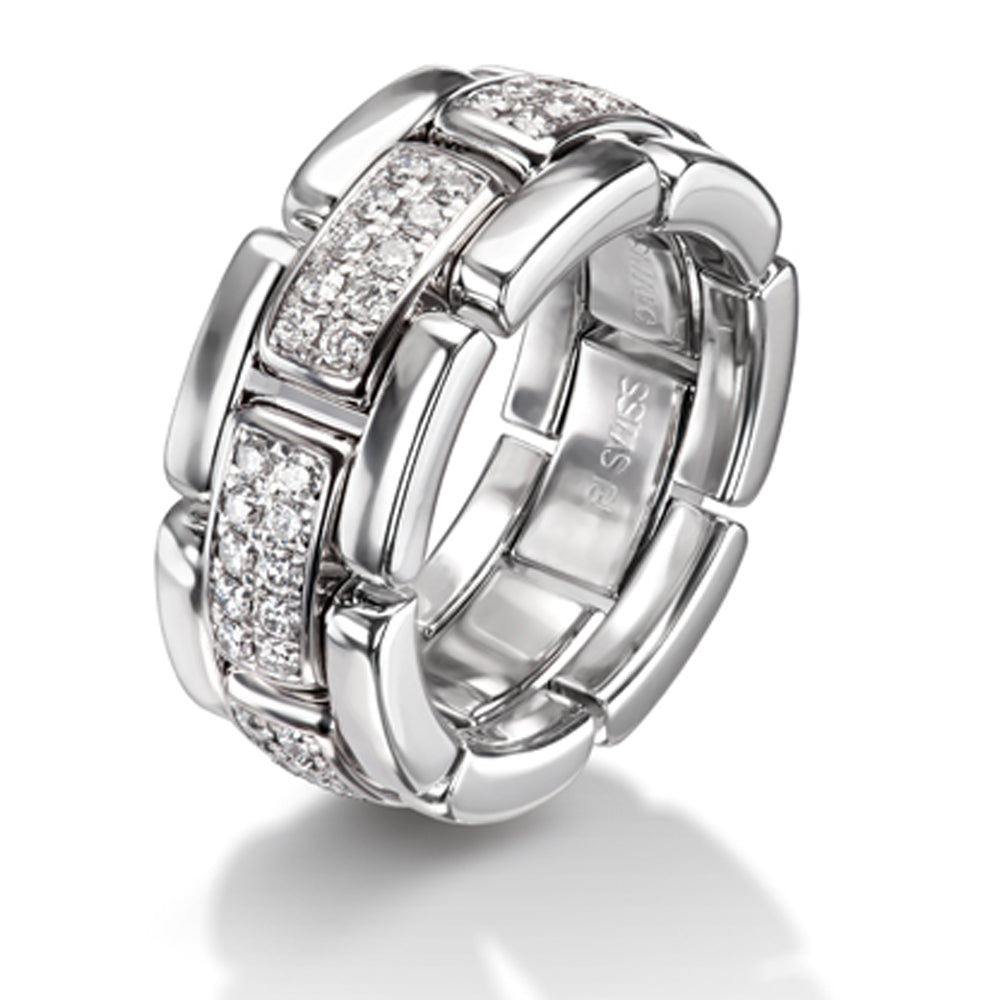THE HISTORY OF THE WEDDING RING – PART ONE
From ancient times to the modern-day, mankind has enjoyed a unique connection with jewellery, especially rings. Few would disagree that the most emotionally significant piece of jewellery most people will ever own is their wedding ring but when did this tradition begin?

Throughout history, rings have been used as a personal talisman or a protective charm; they could seal a business contract or pledge one’s love to another. This blog explores the intriguing evolution of the wedding ring which has long been imbued with unique symbolism and emotive power. By serialising this blog over two parts, I hope that you will be inspired to join us as we discover the wonderful world of wedding rings from ancient times to today.
Egyptian Gold
Think of Ancient Egypt, and most people will think of Gold; from the glittering tomb of the boy King Tutankhamun to the famously ostentatious lives of the Pharaohs. While the Egyptians certainly made some amazing jewellery, there is little evidence to suggest that rings were linked to marriage per se. For anyone outside the aristocracy, it is suggested that more modest offerings of rings made of leather or woven grass were given as a gift of affection, but it is not certain that this signified any long-term contractual meaning.
Ancients Greeks
The Ancient Greeks also made rings as a token of love and affection but not specifically for a marriage. They would wear signet or intaglio rings (where an image is carved into a gemstone) featuring designs based on the Greek Gods of Love, Aphrodite and Eros or inscriptions such as ‘beloved‘ but there are no historical references to them being used as part of a betrothal.
The Hercules (Herakles) Knot is often used in Greek jewellery design, and the symbol is commonly associated with weddings in Greek culture. However, this is a red herring as this motif was originally associated with marriage because it was incorporated in the protective girdles of brides, which were ceremoniously untied by the Grooms. The Hercules knot only appeared in ring design much later.
Ancient Romans
To find the first examples of a wedding ring, we need to turn to 1st Century Ancient Rome. Because the Romans treated a wedding more like a business arrangement than a love match, these legal minded ancients are credited with creating the first formal betrothal ceremony or ‘sponsalia’. During the ceremony, the father of the bride would promise his daughter to the groom who in turn would give the bride a ring, called an annulus pronubis (or wedding ring).
The Contractual Ring (Fede)
Roman betrothal rings often depicted a handshake or even a couple shaking hands and are known as a Fede ring. This was because the marriage was consecrated with a handshake during the ceremony.
According to Pliny (23-79AD) the first betrothal rings were made of iron but by 2nd Century AD, it seemed that those who could afford it would opt for gold rings.


Gold betrothal ring – www.lifo.gr
The handshake continued as a popular motif through the Middle Ages, as the clasping of hands remained an essential part of the wedding ceremony. Over the centuries, the ‘fede’ rings evolved so that the hands became a 3-D representation on the shoulders or bezel of the ring. Today, in Ireland we see a similar theme with the Irish Claddagh ring which features a heart and crown clasped between two hands. These rings first appeared in Ireland in the 16th Century, thirteen centuries after the original fede rings of Ancient Rome.
The Religious Ring (Christianity)
As Christianity grew during the Byzantine period, rings became an integral part of the wedding ceremony as they are blessed by God. Often depicting the imagery of a couple, the introduction of a cross (or sometimes the figure of Jesus) between them denoted the move from the secular to the religious.

The Romantic Ring (Poesy)
The idea of courtly love and chivalry was established in the Middle Ages, thanks to the French troubadours; these lyrical poets would travel the country performing romantic poetry and songs to noble families. Poesy comes from the French ‘Poésies’ meaning short love poems and this ring would originally have had French inscriptions engraved on the outside of the ring, usually in black capitals.
Suitors could choose a personalised inscription which could be religious, friendly or amorous. Early examples in French included ‘pense de moy’ (think of me) and ‘due tout mon coer’ (with all my heart). When the fashion spread to England in the late medieval period, the inscriptions started to appear in English.
Poesy rings enjoyed a resurgence in the 17th Century, when engraving techniques developed so that Jewellers could engrave personal messages inside the ring, leaving more decorative engraving motifs for the outside, which were often enamelled.
-

17th Century poesy ring featuring animals and plants. Traces of enamel, suggest it was once brightly coloured. The inscription reads “loyalty not fear.”
Photo credit: © Victoria and Albert Museum, London -

Gold poesy ring from 1300, inscribed in Lombardic capitals “Well for him who knows whom he can trust.”
Photo credit: © Victoria and Albert Museum, London
Poesy rings continued to be popular and eventually evolved into what we consider a ‘classic’ court band which we can still engrave today.
Diamonds & Gemstones
By the 14th and 15th centuries, diamonds and gemstones were becoming more readily available due to the growth of trade routes with the East and uncut stones were often set in wedding rings of the wealthy. Coloured stones were becoming popular, being associated with desired personality traits. Ruby (and garnets and red spinels which were often mistaken for rubies) represented passionate love, while sapphire symbolised chastity.
As lapidary techniques developed, diamonds became very desirable and ring design shifted its focus from metalwork to the setting of gemstones. Even though diamonds were being cut and polished in a very simple manner, they were still highly prized and extremely rare.
Portraits of the period prove that diamond set marriage rings were popular with many royal and aristocratic families in Europe.
In fact, it is believed that the first diamond betrothal ring was given to Mary of Burgundy in 1477 by her betrothed, Archduke Maximillian. Diamonds had now secured their place within the world of jewellery design and have remained the most desired gemstone ever since.

Renaissance Diamond ring circa 16th Century ring, set with a square point cut diamond.
Photo credit: www.berganza.com
If you have found this blog interesting, please look out for Part 2 of The History of The Wedding Ring as we continue the journey of wedding ring design to the modern-day. We will explore the mysterious Jewish ceremonial rings and discover some intriguing puzzle rings along the way.
